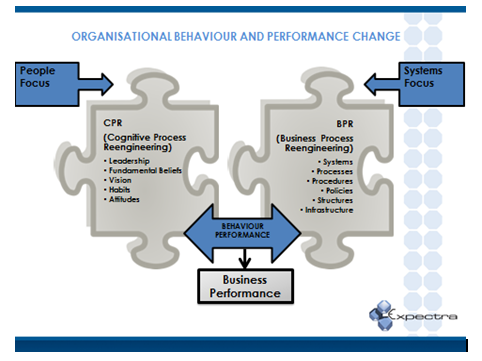Organisational Communication and Change Management
General Principles:
One of the most underrated elements within safety and risk management domain, remains communication, especially at the sharp end of the organisation.It is more than sharing of information, it is rather a process of creating understanding and transferring of skill, especially when managing safety and risk in a hazardous and risky environment.
It is about engagement and participation, where the effectiveness of our communication tools and strategies, or lack thereof, is often not measured in the organisation at all. All of this against a background where language difficulties directly influence the understanding, and subsequently the effectiveness.
In essence, it is about change management – not only the changing of conditions, equipment, processes, environment, tasks, hazards and risks and how people react to it, but more importantly managing organisational change. No doubt, how safe people are or act in the workplace often directly relates to creating a common understanding, buy in and support throughout the organisation. Communication becomes the “selling” tool.
Communication is one of the key pillars of Expectra OBM™ and is intrinsically interconnected with the others.As such, it has to be integrated with all the elements of the OBM model, rather than a loose standing element – which is true for all the elements of the OBM model.
- Leadership, for example, cannot be effectively exercised in the absence of its ability to connect to the rest of the workforce, and this requires that it develop both material and symbolic capacity to message the rest of the organisation.
- Communication systems convey organisational culture and their failure means that the core values of an organisational cannot be disseminated, either in support of production or safety.
- Risk behaviour is also often linked to poor communication about safety rules and regulations.
Communication as a Vehicle for Change:
During an organisational transitioning phase, change management becomes very important business leverage. Change theory emphasizes three types of employees during change, namely those who embrace change, those who need some encouragement to change and those who do not want to change. The extent of this organisational change phenomenon is shown below:

Change and communication are interwoven processes. When change management in an organisation is poor, communication tends to be poor as well and vice versa. In the light of the above context, it becomes clear that change management and communication need to become an important business focus to ensure the success of the implementation of the desired state. This implies equal attention and effort to both the TPR and BPR processes, i.e. the same amount of energy should be spend to ensure that the mindset and efforts of people (thought process re-engineering, TPR) are aligned with the BPR efforts. This concept is illustrated in the figure below.










